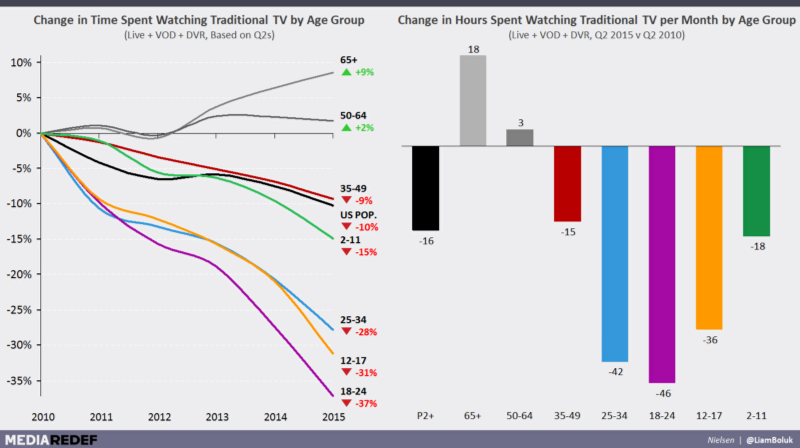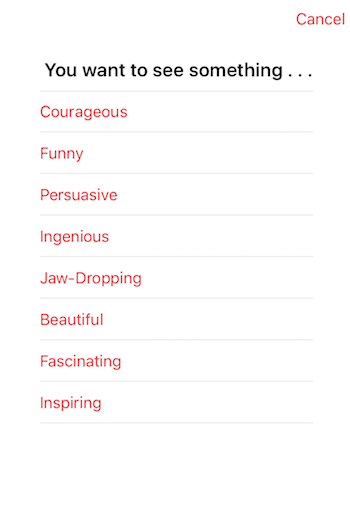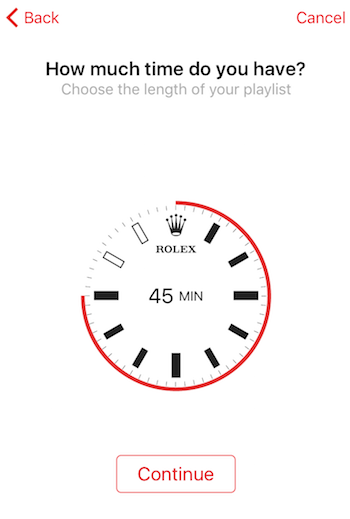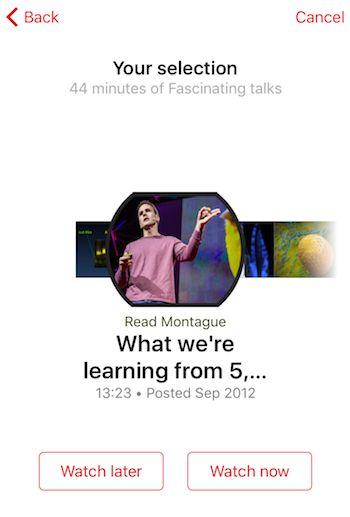The Missing Pieces From On Demand TV

Many have been predicting the inevitable decline of linear TV. Looking at the trends from the past few years, it is clear that overall viewership numbers confirm the ongoing drop with the impact being strongest among the younger age groups.

Instead of trying to predict what will happen next, I decided rather to share what I would like to see happening, as a consumer, for what would be an ideal personal TV experience.
3 years ago I ditched my linear TV subscription simply because my most common use case for it was a background ambiance while I was doing or looking at something else.
My home TV screen content became Netflix and iTunes primarily via an old Apple TV box. When Apple announced the new ATV with Apps support, I was very excited. Having the ability to pick and chose from whichever channel or content creator, that deployed their App on the platform, seemed wonderful.
The honeymoon lasted a few weeks while testing and playing around with more and more TV Apps as they were shipping. However, over time the overall experience ended up turning not as great as I had imagined.
So, what was happening? Did I start missing the old linear TV bundles?
On the good side, TV Apps do give you control to select exactly when and what you want to watch with a much nicer UI than the EPG of Linear TV. The experience works well as long as you stick to only a couple of Apps. Let’s say Netflix + ABC or Netflix + HBO NOW+ NBC. But once you get close to ten channels, the usability deteriorates. You need to quit the current App, launch another one and each App has its own menu structure, its own account, its own “recommended for you” listing, its own wish-list, its own selection of shows that overlaps with other sources, and some have their own paid subscription.
Apple has enabled a search feature with Siri that partly solves one of these problems by allowing you to search for a show then get all the sources to watch it without having to browse inside each App separately. But that only works if you know exactly what particular title you want. If you don’t, there’s no way to discover what’s available in all channels from one place.
Indeed, the critical missing element with TV channels as Apps model is a common discovery layer that exposes all the content under one interface, one recommendation engine, one wish-list, one profile and eventually one subscription, abstracting away the underlying source channels.
What’s needed, in a way, is doing for TV what Flipboard had done for web content. Consumers still have the option to directly go to the original website of each publisher to look for interesting things to read, but Flipboard provides a unified interface to discover auto-curated content based on your interests or by specific themes from a vast number of publishers without having to necessarily dig into each publication separately.
Having such a standard discovery UI for all TV Apps is the next step I’d like to see happening and would be a significant improvement over the current situation.
Yet, that wouldn’t be enough
A common discovery layer would take us to a level as good as what we have today inside the Netflix interface but with content automatically coming from all other TV channel Apps.
What would still be missing is passive discovery. A mode for laid-back moments, when you don’t know what to watch and don’t want to spend a long time browsing through the different lists such as “Top picks for you”, “Recently added”, “Because you watched X, you may like Y”,…
Some solutions to that already exist in the music world. Pandora first introduced the creation of radio stations based on a music style, a song or an artist. A playlist is automatically generated providing a listening experience that had the benefits of linear broadcast radio stations while being personalized specifically to your taste and mood of the moment.
Later on, Apple Music (putting aside the confusing UI) came up with a hybrid model where artists manually make the playlists that are then automatically served to users by an algorithm based on style preferences and likes.
Perhaps, the best example so far from the video world is the TED Talks App. It has been around for many years with a cool “Surprise Me” feature.
You start by selecting a theme

How much time you have

Then the App generates an automatic playlist with a selection of videos that fit both the theme and your timeline

I always thought it was brilliant and wondered why a similar flow hadn’t been applied to other video discovery engines.
Imagine such a feature deployed on the top of a unified discovery interface for TV Apps allowing you to automatically generate customized pseudo-linear channels based on your current mood, or reference content and taking into account the time you have available. It could also create a generalist channel programming that updates automatically every day by combining your different interests and feedback over time.
For something like this to happen, the content inside the various Apps should be completely unbundled and dynamically re-bundled for each user in a personalized way.
In order for such a system to become truly great, it shouldn’t be limited to TV Shows and Movies. Every single piece of TV programming should be unbundled including the flash news, talk shows, special reports,…
The technologies to build it, such as Apps deep linking, already started to emerge and will keep evolving. The greatest challenge won’t be much on the technical side but rather on the legal and licensing agreements that are way more complicated than in the publishing world.
It would be quite hard, but not impossible, for a standalone new comer to build such a platform. Players like Amazon and Apple with a strong negotiation power are best positioned to pull it off.
In the meanwhile, Apple is rumored to be preparing a linear programming offer for the ATV.
The question though is why would they even try to do that?
There are benefits of having linear TV on the ATV box, or any other one, but they are rather limited. The best one is having access to live sports events, then maybe better bundle prices and most likely a nicer EPG.
But it will still be like “running the old on the new” with no significant shift in how the content is discovered and consumed.
For a real reinvention of how consumers interact with TV, the channels should be willing to fully unbundle their content down to the smallest piece of programming and make it accessible from horizontal discovery layers built by others.
The experience for the end consumer would, for sure, be better but it is not clear if the economics would be attractive enough to the channels.
If not, chances are they would keep resisting the change for as long as they can.



